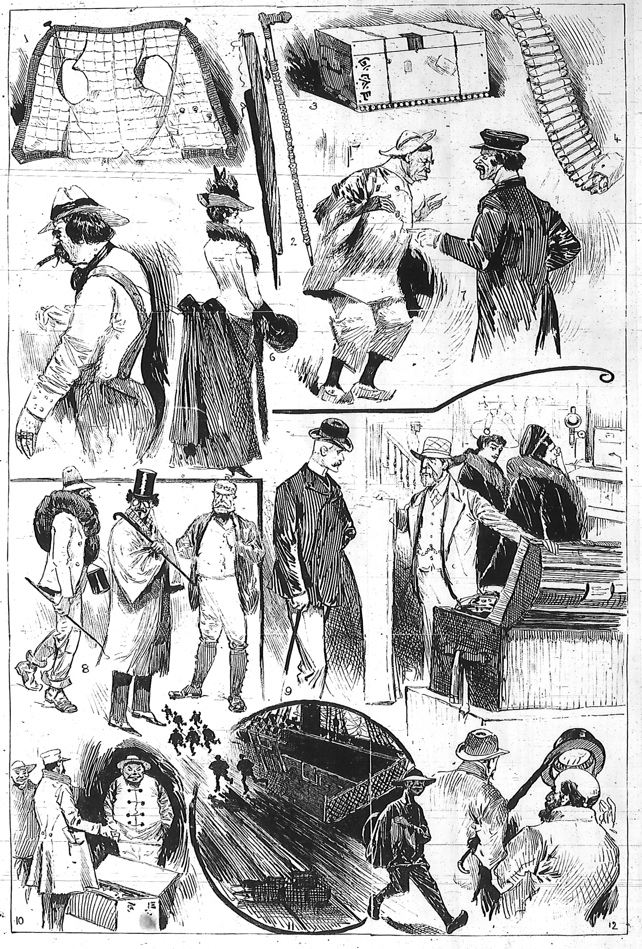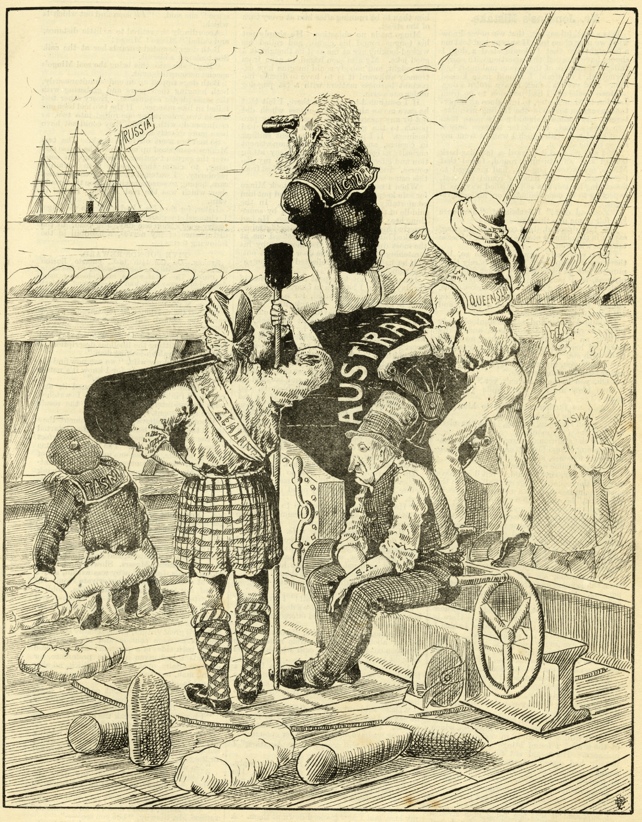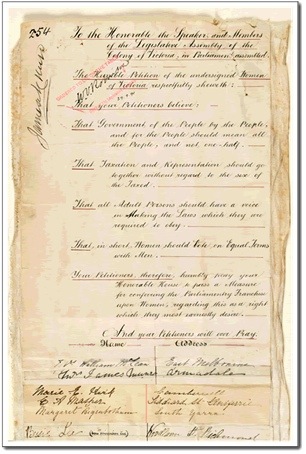1891 Women’s Suffrage Petition
To the Honourable the Speaker and Members of the Legislative Assembly of the Colony of Victoria, in Parliament assembled.
The Humble Petition of the undersigned
Women of Victoria respectfully sheweth:
That your Petitioners believe:
That Government of the People by the People, and for the People, should mean all the People, and not one-half.
That Taxation and Representation should go together without regard to the sex of the Taxed.
That all Adult Persons should have a voice in Making the Laws which they are required to obey.
That, in short, Women should Vote on Equal Terms with Men.
Your Petitioners, therefore, humbly pray your Honourable House to pass a Measure for conferring the Parliamentary Franchise upon Women, regarding this as a right which they most humbly desire.
And your Petitioners will ever Pray.



